Sundarbans takes care of us, but who will take care of it?

As water begins to recede after about two days of mayhem caused by Cyclone Remal, the vast scale of the devastation and suffering left in its wake is slowly becoming clearer. While more time is required for a comprehensive assessment of the cyclone's impact, what statistics are available read more like a doomsday chronicle: Death toll rising to 14; 1.5 lakh homes destroyed or damaged; over 37 lakh people seriously affected; 2.7 crore people left without power; 15,000 mobile towers offline—the list goes on. And these are just the highlights. The emotional and financial toll from the destruction of homes, properties, livestock, crops or fish farms is unaccountable at this stage.
But beyond these devastations or the sufferings that followed heavy rain and winds across the country lies a story of resilience as exemplified by the Sundarbans. Bruised and battered after the cyclone's landfall, the forest stands as a reminder that without it we would be in a much worse condition. Experts say Bangladesh was on the east side of the cyclone's eye—a position that comes with a greater risk of damage in the subcontinent. This means that despite Bangladesh taking the main blow of Cyclone Remal, Sundarbans stood in the way, acting as a buffer against tidal surges and reducing wind speeds.
The Bay of Bengal is notorious for generating devastating tropical cyclones. But Sundarbans, a green shield on Bangladesh's south-western coast, has cushioned us from such calamities time and again, and it was no different this time around. According to a report by Prothom Alo, the impact of Cyclone Remal left the entire forest inundated for about 30 hours due to tidal surges. As a result, saltwater from the sea contaminated freshwater ponds meant for wildlife and local residents. At least 39 deer have been confirmed dead so far, according to a report by this daily, while various structures, including the forest department's offices, staff quarters, and jetties, have been damaged. Although forest officials have not yet been able to estimate the full impact, they fear many wild animals may have perished. A large number of trees have been uprooted as well.
Considering the hit that it took since Sunday, it is vital that the government takes steps to protect and preserve the mangrove forest. While helping affected coastal communities with food and medicine and in rebuilding their lives is the priority now, we must not forget the critical role of the Sundarbans in our survival, and we must not take it for granted. Both short-term and long-term measures are needed. In the short term, we should launch measures to help replenish the forest, and ensure that the wildlife is left alone to recuperate. In the long term, we must stop the kind of development projects that are compromising the integrity of the forest.


 For all latest news, follow The Daily Star's Google News channel.
For all latest news, follow The Daily Star's Google News channel. 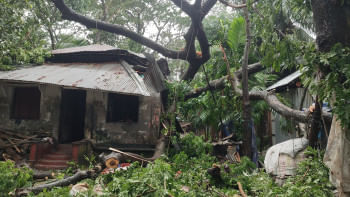



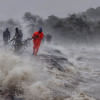
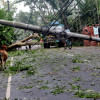

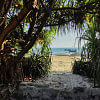


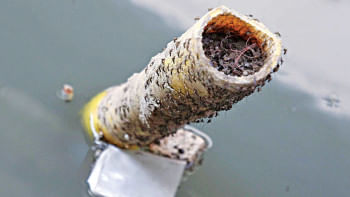
Comments